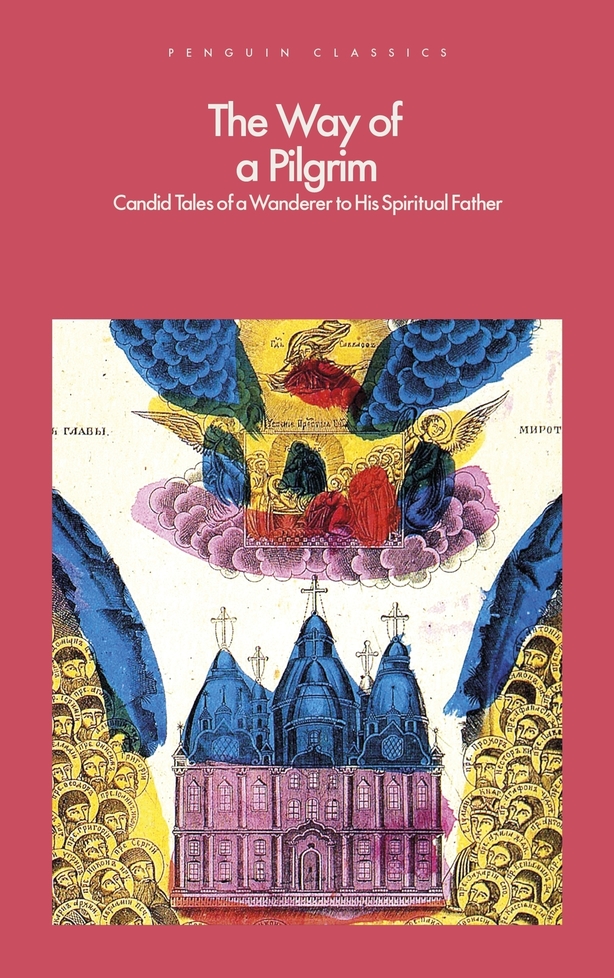The Way of A Pilgrim gained talismanic status in JD Salinger's 1961 novella, Franny and Zooey as `the small pea-green cloth-bound book' that Franny carried in her handbag. This fascinating quartet of Russian tales was recently issued for the first time by Penguin Classics in an attractive soft cover format, translated by Anna Zaranko.
The stories appeared in 1884 as Candid Tales of a Wanderer to His Spiritual Father, following three earlier editions. However, it was the 1884 edition that would gain a foothold in Russian consciousness and pass through the hands of a wide readership before it was translated into numerous languages and became a global classic. A further three tales were subsequently discovered and the full find is represented in this interesting edition.
The first English edition appeared in 1930, and in a Foreword, Walter Frere, Bishop of Truro welcomed its "variety and charm in the vivid pictures of Russian life which.... suggest a comparison with the matchless folk tales by Leo Tolstoi."
Exhaustive research revealed years ago that the author was probably one Mikhail Kozlov who had returned to the official Russian Orthodox Church having been a member for some years of the schismatic Old Believers. He was a so-called archimandrite, a senior unmarried priest whose mission was to reconcile former fellow Old Believers to Russian Orthodoxy.

The eponymous Pilgrim of the piece does not confine his efforts to mother Russia and in the fourth tale, after some earlier prevarication he decides to undertake the marathon, daunting voyage to Jerusalem, setting off on foot to Odessa.
In the fifth tale, the Pilgrim duly arrives at Odessa, but fails to secure passage to Jerusalem and decides instead to head for Kiev.
"Our pilgrim is an engaging person, " writes Andrew Louth in the informative introduction. "Direct, thoughtful, impatient of compromise, not easily put off by bland responses to his quest - an answer to his consuming question: what is meant by unceasing prayer, to pray `without ceasing' as the Apostle Paul puts it" (in Thessalonians.) In the subtext of these humane yet deeply spritual stories is an unconscious plea for compassion and tolerance and the tales offer an insight into Russian nineteenth century life that is, in its own way, as illuminating as the fiction of Turgenev or the aforementioned Tolstoy, albeit in an entirely different sphere of life.
To cross genres for a moment, there are echoes here too of Tarkovsky's immortal eponymous 1966 film depicting the life of the 15th century Russian iconographer and painter of frescoes, Andrei Rublev.
Paddy Kehoe







